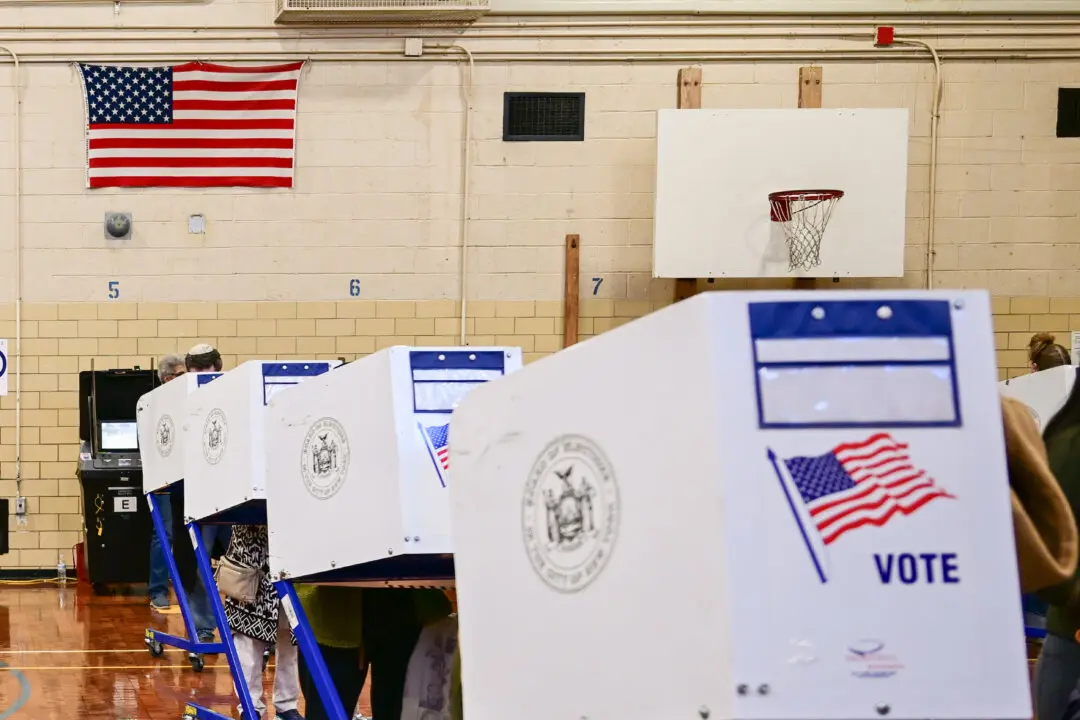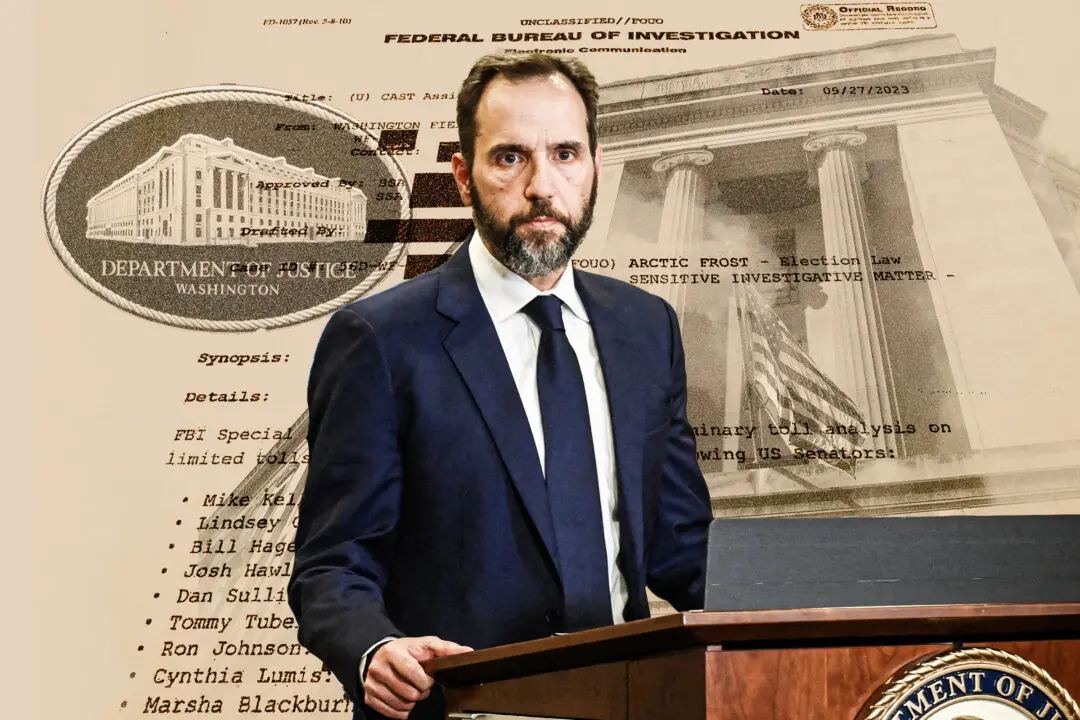The Federal Reserve paying interest on bank reserves and selling treasuries to banks overnight, which in practice means paying banks so that they lend less, is becoming more expensive with the Fed’s recently initiated series of interest rate hikes. Over the past four weeks, the central bank has dished out nearly $1.5 billion to financial institutions that keep their cash stockpiles with the Fed and buy its bonds overnight. That number could multiply in the coming months.
With the gargantuan federal spending that took place during the COVID-19 pandemic, banks have amassed an unprecedented hoard of cash reserves—money deposited by their customers. Normally, such reserves would be a dead weight on the banks’ balance sheets, not put to any productive use. Banks would thus try to lend against it and invest it, making it circulate in the economy.





